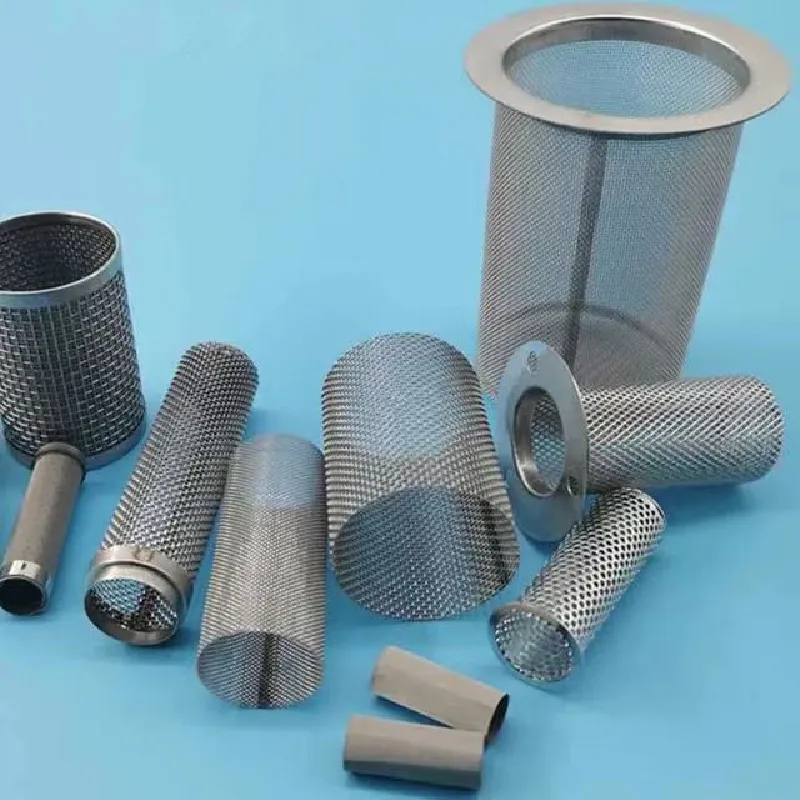-
 Afrikaans
Afrikaans -
 Albanian
Albanian -
 Amharic
Amharic -
 Arabic
Arabic -
 Armenian
Armenian -
 Azerbaijani
Azerbaijani -
 Basque
Basque -
 Belarusian
Belarusian -
 Bengali
Bengali -
 Bosnian
Bosnian -
 Bulgarian
Bulgarian -
 Catalan
Catalan -
 Cebuano
Cebuano -
 China
China -
 Corsican
Corsican -
 Croatian
Croatian -
 Czech
Czech -
 Danish
Danish -
 Dutch
Dutch -
 English
English -
 Esperanto
Esperanto -
 Estonian
Estonian -
 Finnish
Finnish -
 French
French -
 Frisian
Frisian -
 Galician
Galician -
 Georgian
Georgian -
 German
German -
 Greek
Greek -
 Gujarati
Gujarati -
 Haitian Creole
Haitian Creole -
 hausa
hausa -
 hawaiian
hawaiian -
 Hebrew
Hebrew -
 Hindi
Hindi -
 Miao
Miao -
 Hungarian
Hungarian -
 Icelandic
Icelandic -
 igbo
igbo -
 Indonesian
Indonesian -
 irish
irish -
 Italian
Italian -
 Japanese
Japanese -
 Javanese
Javanese -
 Kannada
Kannada -
 kazakh
kazakh -
 Khmer
Khmer -
 Rwandese
Rwandese -
 Korean
Korean -
 Kurdish
Kurdish -
 Kyrgyz
Kyrgyz -
 Lao
Lao -
 Latin
Latin -
 Latvian
Latvian -
 Lithuanian
Lithuanian -
 Luxembourgish
Luxembourgish -
 Macedonian
Macedonian -
 Malgashi
Malgashi -
 Malay
Malay -
 Malayalam
Malayalam -
 Maltese
Maltese -
 Maori
Maori -
 Marathi
Marathi -
 Mongolian
Mongolian -
 Myanmar
Myanmar -
 Nepali
Nepali -
 Norwegian
Norwegian -
 Norwegian
Norwegian -
 Occitan
Occitan -
 Pashto
Pashto -
 Persian
Persian -
 Polish
Polish -
 Portuguese
Portuguese -
 Punjabi
Punjabi -
 Romanian
Romanian -
 Russian
Russian -
 Samoan
Samoan -
 Scottish Gaelic
Scottish Gaelic -
 Serbian
Serbian -
 Sesotho
Sesotho -
 Shona
Shona -
 Sindhi
Sindhi -
 Sinhala
Sinhala -
 Slovak
Slovak -
 Slovenian
Slovenian -
 Somali
Somali -
 Spanish
Spanish -
 Sundanese
Sundanese -
 Swahili
Swahili -
 Swedish
Swedish -
 Tagalog
Tagalog -
 Tajik
Tajik -
 Tamil
Tamil -
 Tatar
Tatar -
 Telugu
Telugu -
 Thai
Thai -
 Turkish
Turkish -
 Turkmen
Turkmen -
 Ukrainian
Ukrainian -
 Urdu
Urdu -
 Uighur
Uighur -
 Uzbek
Uzbek -
 Vietnamese
Vietnamese -
 Welsh
Welsh -
 Bantu
Bantu -
 Yiddish
Yiddish -
 Yoruba
Yoruba -
 Zulu
Zulu
plastic mesh net
The Versatility and Applications of Plastic Mesh Nets
Plastic mesh nets have emerged as a versatile and practical solution across various industries and sectors. Made from durable synthetic materials, these nets offer a range of functional and aesthetic benefits, making them an essential tool in modern applications.
One of the primary advantages of plastic mesh nets is their lightweight nature. Unlike traditional materials such as metal or wood, plastic mesh nets can be easily handled and installed. This attribute makes them ideal for numerous uses, from gardening to construction, where ease of use is critical. Additionally, they are resistant to corrosion, rust, and degradation caused by environmental factors, which prolongs their lifespan and reduces maintenance costs.
In agriculture, plastic mesh nets play a crucial role in crop protection and management. They can be used to create barriers against pests, birds, and other animals that pose a threat to crops. By providing a physical barrier, farmers can significantly reduce the need for harmful pesticides, promoting a more sustainable farming practice. Furthermore, these nets can be employed to support climbing plants, ensuring better air circulation and sunlight exposure, which ultimately leads to healthier plants and increased yields.
In the horticultural sector, plastic mesh nets are widely used in greenhouses and nurseries
. For example, they can help control light and temperature within the greenhouse, promoting optimal growth conditions. Additionally, mesh nets are useful for creating partitions or sections within larger spaces, allowing for better organization and management of plants. The ability to customize the size and shape of the nets also caters to specific gardening needs, making them indispensable tools for gardeners and landscapers alike.plastic mesh net

Plastic mesh nets are also gaining popularity in the construction industry. They are commonly used for safety purposes, such as preventing debris from falling off high structures and ensuring worker safety. These nets can be easily installed and removed, which is vital for temporary constructions and renovation projects. Furthermore, mesh nets assist in the containment of materials and equipment, ensuring a more organized and efficient working environment.
In the sporting world, plastic mesh nets have found their way into various activities, from tennis and badminton to fishing and boating. In these contexts, the nets serve important roles, whether in providing boundaries for games or safety nets to catch equipment that might fall. Their lightweight and flexible nature makes them ideal for portable sports equipment, allowing for ease of transport and storage.
Moreover, plastic mesh nets have essential applications in environmental conservation projects. They are used in erosion control, helping to stabilize soil and prevent loss during heavy rains. In aquatic environments, mesh nets are employed in fish farming to protect fish from predators while allowing for water circulation, ensuring a healthy habitat.
The recycling aspect of plastic mesh nets also contributes to their sustainability. Many manufacturers are now focusing on producing nets from recycled plastics, reducing waste and promoting circular economy practices. This not only helps in conserving natural resources but also addresses the growing environmental concerns regarding plastic pollution.
In conclusion, the versatility of plastic mesh nets extends across multiple domains, including agriculture, construction, sports, and environmental conservation. Their lightweight, durable, and multifunctional characteristics make them an invaluable resource in addressing both practical needs and environmental challenges. As industries continue to evolve and innovate, the application of plastic mesh nets is likely to expand, highlighting the importance of sustainable materials in our modern world.
-
Shipping Plastic Bags for Every NeedNewsJul.24,2025
-
Safety Netting: Your Shield in ConstructionNewsJul.24,2025
-
Plastic Mesh Netting for Everyday UseNewsJul.24,2025
-
Nylon Netting for Every UseNewsJul.24,2025
-
Mesh Breeder Box for Fish TanksNewsJul.24,2025
-
Expanded Steel Mesh Offers Durable VersatilityNewsJul.24,2025











